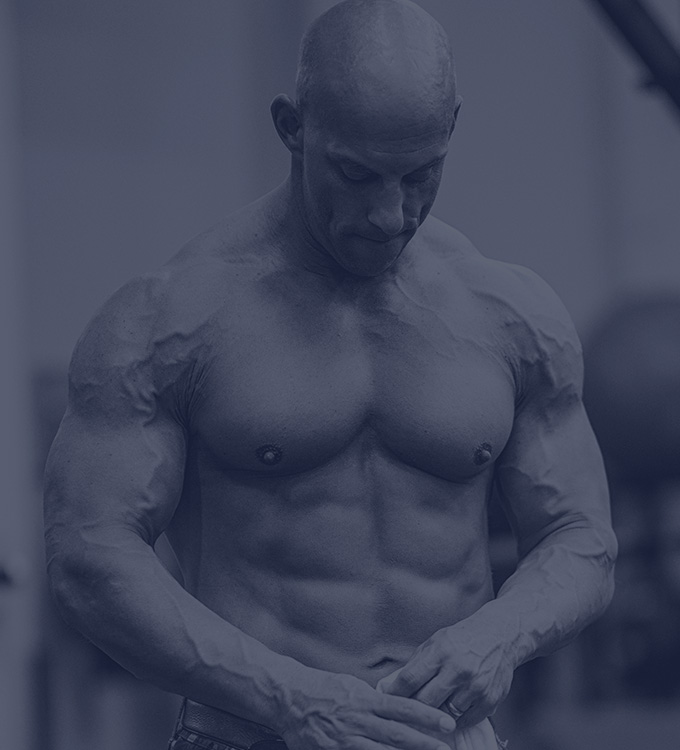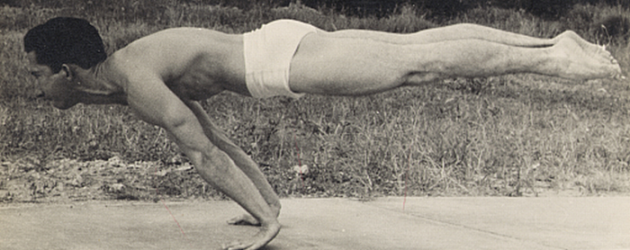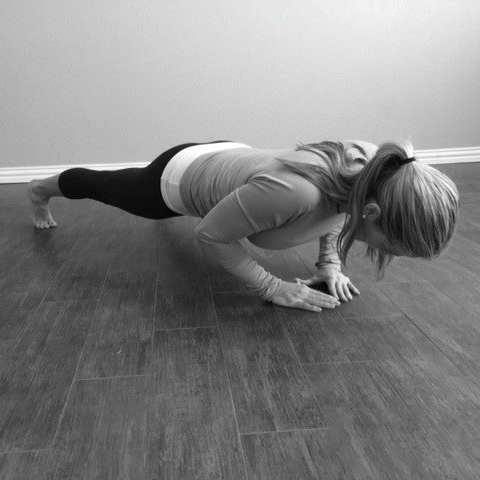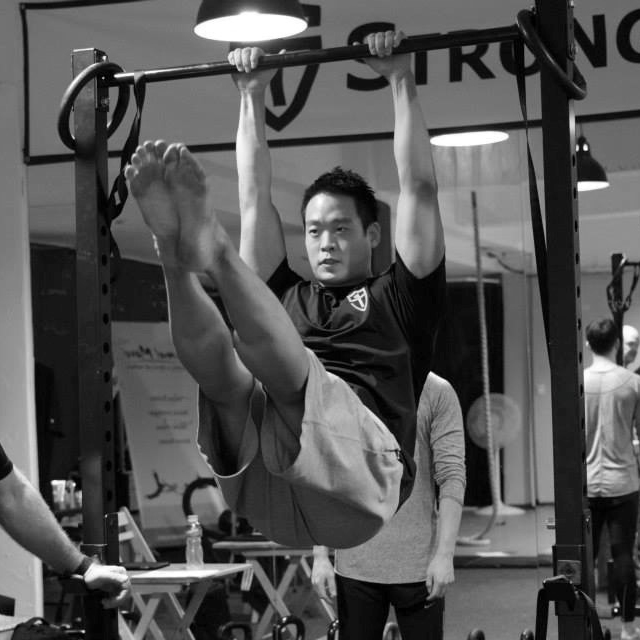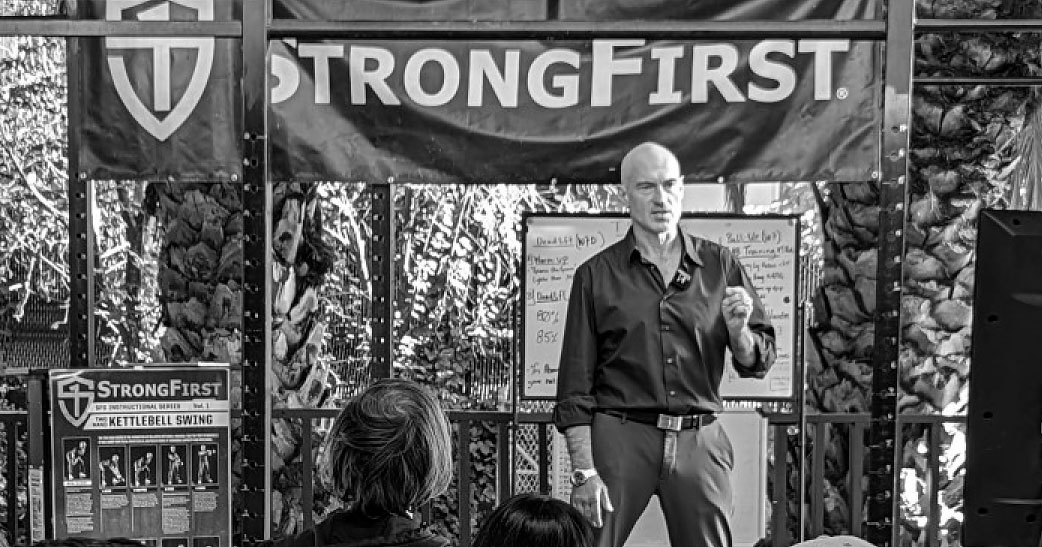To my understanding, a big part at least of Q&D is spike of lactate from activation of high threshold MUs, followed by clearance. Identical dynamic as HIIT but with targeted effect. If the predominant response to HIIT is increased muscle oxidative capacity, a similar effect should be observed from Q&D, only the glucose depletion is more or less restricted to the target region.
Short of a biopsy to do a mitichondrial count, I'm not sure how you would be able to objectively measure, aside from a baseline test/re-test.
Isometrics (overcoming) likewise target high threshold MUs, I am unclear how the metabolic dynamic plays out compared to traditional resistance training though. This would be a pivotal factor to establish. I only have ever used Iso with HIIT, so I get my glucose depletion from other avenues (or maybe in addition to...). I have read studies that sussed out rough % of fiber type recruitment by % Iso effort level, but they never referenced comparable traditional resistance training values.
Use of slow movements or sub-max Iso is not going to hit high threshold MUs off the bat, this is a great strategy for hitting type 1 fiber.
TL;DR - I don't know

As an aside: this is one "issue" with some programs that purport very specific physiological changes, whether it's mitochondria count, fiber type, sarcoplasmic vs. myofibrillar hypertrophy. Such programs at least
seem to achieve those goals based on subsequent performance of the trainees. I think that is a better measure. That is, did muscles get bigger/stronger/faster? Did work capacity go up? Goal acheived.
As to the OP and isometrics: I'm not so sure, like
@North Coast Miller said, that things like mitochondria count can be measured to verify whether isometrics would have a similar effects. I would instead refer to my above statement: will it improve your body composition and/or performance? If looked at that way, then yes, isometrics would.
If you want to stay "alactic," I suggest programming your isos in a way that gives you high intensity, shorter duration holds. Longer duration holds (including "super slow" reps) will accumulate more metabolic byproducts because of the blood occlusion to your muscles.
Refer to Steven Lows tables for isometrics for assistance:
The Second Edition of Overcoming Gravity has been released on Amazon! This is one of the articles that I wrote in response to the First Edition of the book, and more detail is included about this topic in the Second Edition. I’ve worked on overhauling this article to give you a

stevenlow.org
All that being said, I would take a somewhat educated guess and say:
. . .for Q&D pushups, no. For the getup portion of S&S, maybe. For all of the swinging, probably not. "S&S with isometrics" is not S&S. If you are really interested in isometrics, I would find and follow some program written around them.
As a last aside note: unless one is talking about overcoming isos specifically, I am always a bit befuddled that no one wants to mention calisthenics/gymnastic strength training, both of which have a
heavy isometric element, and both of which can be programmed safely and effectively for varying ages and body types.


